There are a few tricks that you can use to get hot water faster at your kitchen sink. One of the best ways to do this is by installing a tankless water heater. This will allow you to get hot water on demand, and it will help you save money on your energy bills. If you are not interested in installing a tankless water heater, then there are a few other things that you can do to improve your hot water flow rate. This article will discuss some of these methods and help you find the best way to get hot water faster at your kitchen sink!
Reasons Why It Takes so Long for Hot Water
Water Currently in Pipes
One of the primary reasons why hot water takes so long to get to your faucet is because of the water already in the pipes. Cold water naturally flows faster than hot water, which means that when you turn on a tap, it’s usually filled with cold water first. Once this cold water has been used up, your plumbing system is slowly replaced by hot water from the heater. This process can take several minutes.
Distance From Water Heater
If your faucet is located far away from where your water heater is installed, it will take even longer for the hot water to reach its destination. As with any kind of liquid transfer, distance and gravity play an important role in how quickly your hot water reaches its destination. The farther away your faucet is from the water heater, the longer it may take for hot water to get there.
Low Pressure or Flow Rate
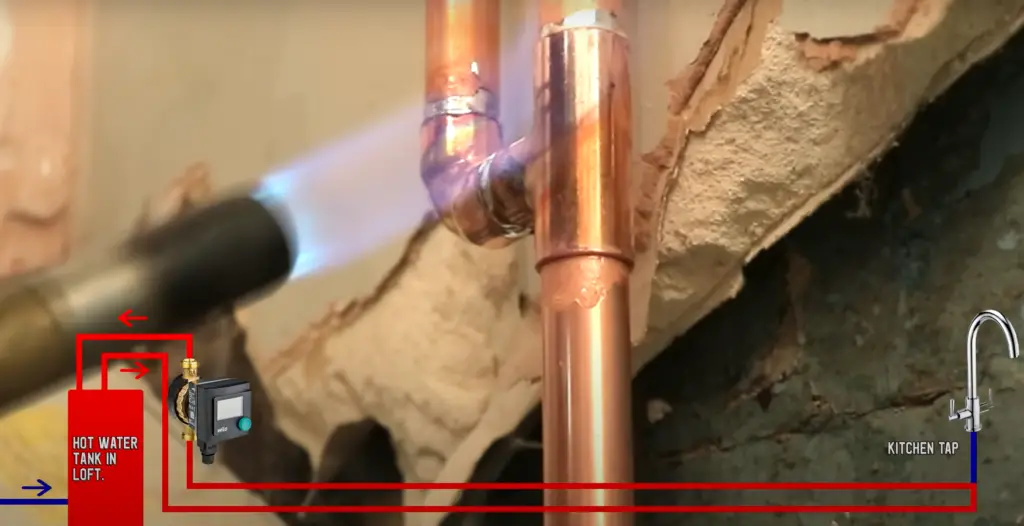
Inefficient Hot Water Heater
If your hot water heater is old or inefficient, it may not be able to produce enough hot water when you need it. This can cause delays in getting your hot water, as the heater takes time to heat up the necessary amount of water. A more efficient model would be able to produce more hot water at a faster rate, reducing the wait time for hot water.
Volume Restrictors
Some plumbing systems also use volume restrictors to regulate the flow of water. These devices are installed to limit how much water can be used at any given time, and if they’re not properly calibrated it can cause noticeable delays in getting hot water. In addition, these restrictors may need to be adjusted or replaced over time as your plumbing system ages.
Insufficient Supply Line Sizing
In some cases, insufficient supply line sizing could also cause delays in getting hot water. If the pipes that transport the hot water from the heater are too small, then it will take longer for the hot water to get where it needs to go. Replacing old or undersized pipes with larger ones could help improve this issue and reduce the wait time for hot water.
Sediment Buildup
Sediment buildup in the pipes can also cause delays when getting hot water. Sediment accumulates over time and can obstruct the flow of water, making it take longer for hot water to reach its destination. Flushing out your plumbing system regularly can help reduce this issue and improve your hot water supply.
Outside Temperature
The outside temperature can also affect how quickly hot water reaches your faucet. During the summer, when temperatures are higher, the cold water entering your plumbing system will be hotter than usual. This means it may take longer for the hot water to replace all of the cold water in the pipes before you get any heated water out of your taps. In winter, when temperatures are colder, this process may happen faster as the initial cold water is naturally colder.
Size and Thickness of Pipes
The size and thickness of your pipes can also influence how quickly hot water reaches its destination. Larger, thicker pipes are better at carrying heated water than smaller, thinner ones. If you have an older plumbing system with small, thin pipes, it may take longer for the hot water to reach your faucet. Replacing these pipes with larger, thicker ones could help reduce delays in getting hot water when you need it [1].
How to Get Hot Water Faster?
Insulate the Pipes
One of the biggest factors affecting how fast you get hot water is how long it takes for that heated water to reach your tap. Insulating pipes helps keep the heat in, and reducing the lost heat means faster delivery of hot water. You can buy foam tube insulating sleeves at most hardware or home improvement stores–simply cut them to size and wrap them around your existing plumbing pipes. Make sure you adequately cover all exposed pipe surfaces, including any elbows.
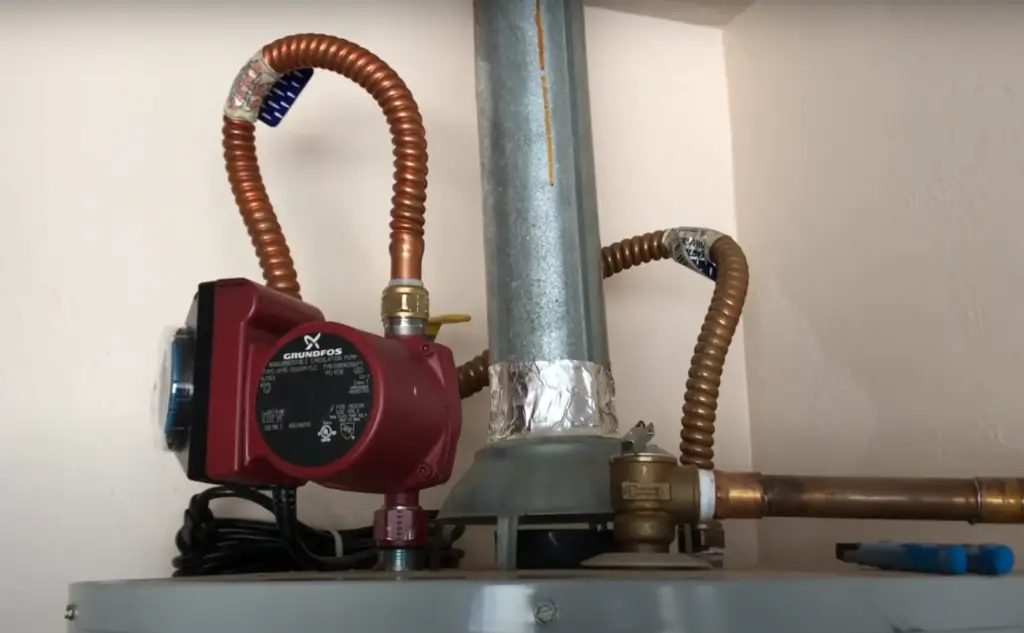
Install a Hot Water Recirculation System
If you have an extensive plumbing system, consider installing a hot water recirculation pump and loop system. This will provide instant hot water from any faucet throughout your home without having to wastefully let gallons of cool water run down the drain while you wait for hot water. A recirculation loop works by re-circulating cooled hot water from your furthest plumbing fixture back to the water heater so it can be reheated and reused, providing instant hot water all over your house.
Adjust Your Water Heater Temperature
If your current temperature is set too low, then increasing the temperature of your water heater can help reduce wait times for hot water at each faucet or showerhead. If you’re not sure what setting to use, most experts recommend setting it between 120°F and 140°F. Make sure you adjust the thermostat carefully if you’re worried about scalding yourself in a particularly sensitive area like the bathroom.
Install a Point-of-Use Heater
In some cases, installing a point-of-use heater directly underneath or near your faucet may be the best option for getting hot water faster. These heaters are connected to your cold water line and provide an instantaneous blast of hot water whenever you turn on the tap. They are great for areas with long plumbing runs where it takes forever to get hot water, but they can also be expensive to install. If cost is not an issue, this is one of the most effective ways of getting instant hot water.
Replace Fixtures with a Higher Flow Rate
When it comes to getting hot water faster, one of the most overlooked solutions is simply replacing a fixture with a higher flow rate. Higher-flow fixtures are designed to move more water at once and can help reduce wait times for hot water. You can find high-flow bathtubs and showers that work up to 25 gallons of water per minute – that’s four times more than the standard fixture! If you’re looking for quick results and don’t want to mess around with pipes or pumps, this is an easy way to get hot water faster.
Upgrade to a Tankless Hot Water Heater
If all else fails, you may want to consider upgrading to a tankless water heater. Tankless models heat water on demand and can provide up to twice as much hot water in a shorter amount of time than traditional tank-style systems. They are also more energy efficient and have longer lifespans than their tank counterparts. However, they can be expensive to install and require professional help for proper installation.
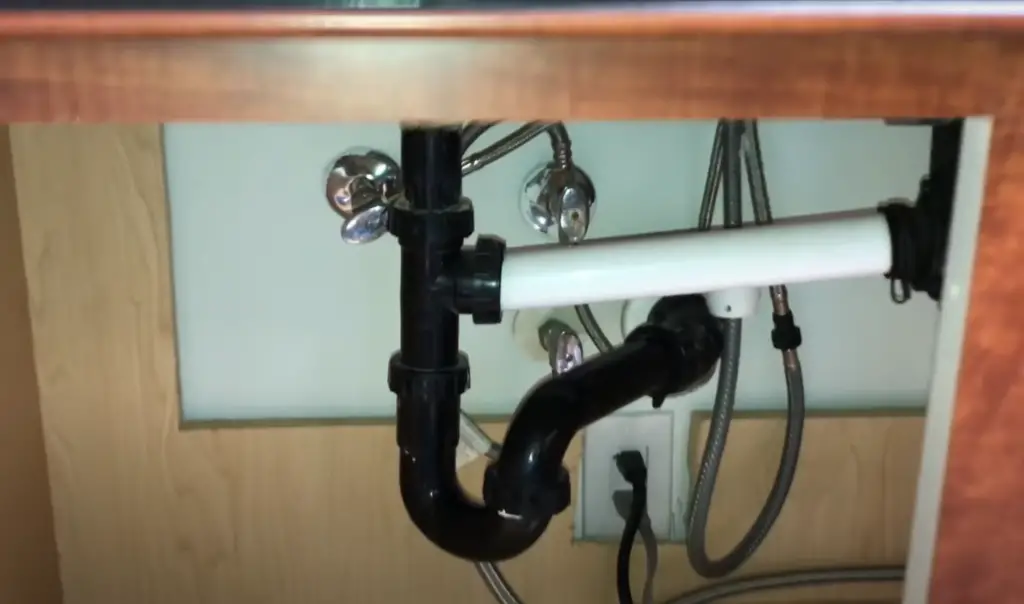
Routine Preventative Maintenance
How to Diagnose the Lack of Hot Water?
If your water heater is not producing enough hot water, the first step is to determine why this is happening. Here are some common causes of a lack of hot water:
- Insufficient supply of cold water entering the tank: If there isn’t enough cold water entering the tank, then it can’t be heated efficiently and will provide insufficient amounts of hot water. Check for any obstructions or blockages in the supply line that could be limiting the amount of incoming cold water;
- Incorrect thermostat settings on the heater: Most modern electric or gas-powered water heaters are fitted with adjustable thermostats. Make sure these are set correctly according to the manufacturer’s instructions;
- Worn heating elements in the tank: If your water heater is fitted with electric heating elements, then these need to be checked for any signs of wear or damage. If they are worn out, then they will not be able to heat the water effectively and you may need to replace them;
- Failure of other parts or components: Check for any other damaged or malfunctioning parts such as pressure relief valves, fuses, or electronic controls which could be causing the lack of hot water;
- Obstructions blocking the pipe: Check for any obstructions that may have blocked off part of the pipe leading from the heater to where it supplies hot water elsewhere in your home;
- The insufficient size of the tank: If your water heater is too small to adequately meet the hot water needs of your household, then it may be time to consider replacing it with a larger model;
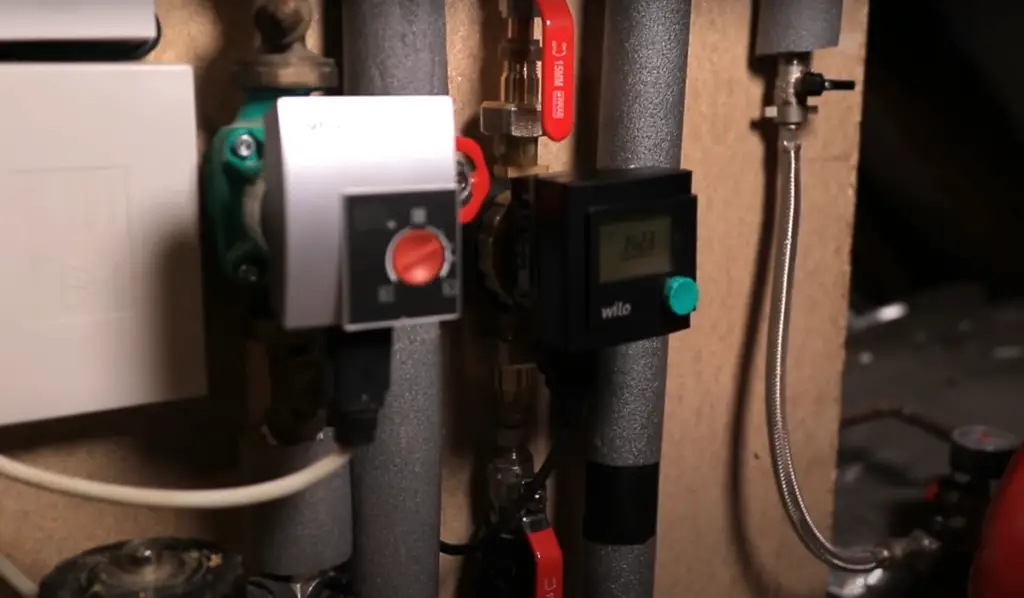
Once you have identified the cause of the problem, you can take steps to fix it and restore hot water to your home. If none of these issues are found, or if they cannot be resolved on your own, you should contact a professional plumber for assistance. They will be able to assess the situation and recommend the best course of action to get your hot water flowing again.
How to Maintain a Kitchen Sink?
Maintaining a kitchen sink is an important part of keeping the area clean and tidy. While there is no one right way to maintain a kitchen sink, here are some easy tips you can use:
- Clean After Every Use – Wipe down your sink after every use with a soft cloth or sponge and warm water. This will help keep dirt and grime from building up on the surface of your sink;
- Remove Stains – Stubborn stains may need stronger cleaners like baking soda or vinegar mixed with water to remove them. Scrub in circular motions but be sure not to use anything too abrasive as this could damage your sink’s finish;
- Sanitize – After cleaning, use a disinfectant cleaner to sanitize the sink. This will help kill any bacteria or germs that may have been left behind;
- Shine – If you want your sink to look its best, you can use a store-bought stainless steel cleaner or apply some mineral oil on a soft cloth and rub it into the surface of your sink. This will give it an extra shine and protect against fingerprints and smudges;
- Avoid Harsh Chemicals – When using soaps or cleaners in your kitchen sink, be sure to avoid harsh chemicals such as bleach or ammonia that could damage the finish of your sink over time. Following these easy steps should keep your kitchen sink looking clean, shiny, and fresh! Maintaining your kitchen sink regularly will ensure it lasts for years to come. However, if you find that there are more stubborn stains or rust build-up, it’s always best to call in a professional for help. They can use special tools and techniques to restore the sink to its original condition [3];
Getting Hot Water Faster at the Kitchen Sink
If you’re tired of waiting for hot water to reach your kitchen sink, here’s a comparison of common solutions, precautions, and adjustments to speed up the process.
| Common Solutions | Precautions | Adjustments |
|---|---|---|
| Insulate hot water pipes | Ensure proper insulation to prevent heat loss and improve efficiency. | Install pipe insulation or wrap existing pipes with insulating material. |
| Use a hot water recirculation system | Be aware of potential energy costs associated with recirculation systems. | Install a recirculation pump to keep hot water readily available in the pipes. |
| Adjust the water heater temperature | Take care not to set the temperature too high to avoid scalding. | Turn up the water heater temperature slightly to deliver hotter water more quickly. |
| Install a point-of-use water heater | Ensure compatibility with your kitchen’s electrical system and plumbing. | Mount a point-of-use water heater beneath the sink for instant hot water. |
Explanation of the table:
This table provides a comparison of common solutions, precautions, and adjustments to get hot water faster at the kitchen sink. It covers insulation of hot water pipes, the use of recirculation systems, adjustments to the water heater temperature, and the installation of point-of-use water heaters. By following these solutions and taking precautions, you can enjoy quicker access to hot water in your kitchen.
FAQ
Why does my kitchen sink take so long to get hot?
Your kitchen sink may take a long time to get hot because of overuse, or if the pipes are clogged with debris. The most common causes for slow hot water flow in your kitchen are either mineral deposits building up or an obstruction blocking the water flow. If you suspect that there is an issue with your plumbing, it’s best to call a professional plumber right away to assess the situation and make any necessary repairs.
In some cases, simply running vinegar through your sink line can help clear out any blockages and restore normal hot water pressure. Additionally, installing a whole-house water filter can help reduce the buildup of minerals and other impurities that may be causing problems in your kitchen sink pipes. Finally, check the age of your water heater—if it’s more than 10 years old, it may need to be replaced to improve water flow. If you continue to experience problems with slow hot water flow in your kitchen, it’s best to contact a licensed plumber for help.
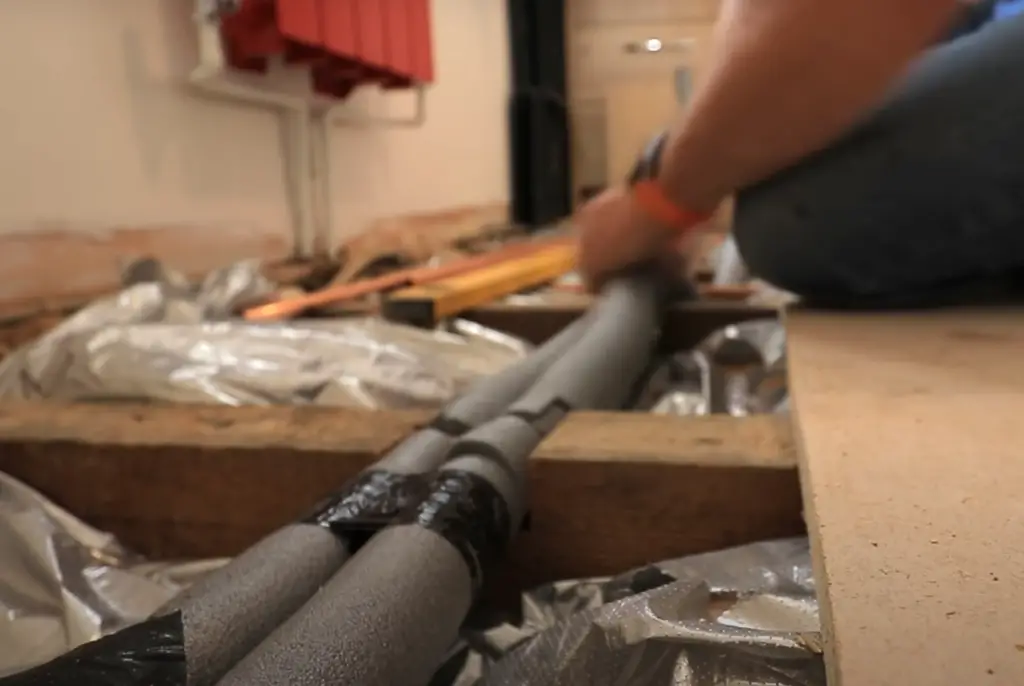
How do I get instant hot water at any faucet?
One of the most efficient ways to get instant hot water at any faucet is by installing a point-of-use (POU) system. POU systems are typically placed close to the faucet and provide continuous hot water on demand. This eliminates long wait times associated with traditional tanks, which can take 20 minutes or more to heat up after running out of hot water.
In addition to quick service, POU systems are much more energy efficient than tank-based models because they do not need to store large amounts of heated water to supply it as needed. Furthermore, these systems also require less maintenance since there are no tanks that need routine cleaning or replacement parts for them to function properly. Installing a POU system can provide instant hot water at any faucet in your home, saving you time and money in the long run.
What is a tankless water heater?
A tankless water heater is an energy-efficient alternative to traditional tank models that provides hot water on demand without having to store it in an insulated container. This type of unit heats only the water that you need, when you need it, reducing overall energy consumption. Tankless heaters are also more compact than their traditional counterparts since they don’t require a large storage tank.
Additionally, these units typically have longer lifespans than standard tanks due to their lack of moving parts. Installing a tankless water heater can be beneficial for both commercial and residential applications, as it provides hot water quickly and efficiently.
What is the difference between a gas and an electric water heater?
A gas water heater uses natural gas to heat up an internal tank of cold water, while an electric unit relies on electricity to do the same. Gas units are typically more efficient than electric models due to their ability to generate more heat for less energy. Additionally, they are often much cheaper to run in the long term since natural gas typically costs less than electricity. On the other hand, electric water heaters tend to be quieter and require less maintenance than their gas counterparts. Ultimately, choosing between a gas or electric water heater should depend on your budget and needs.
Why is my hot water coming out slowly in my kitchen sink?
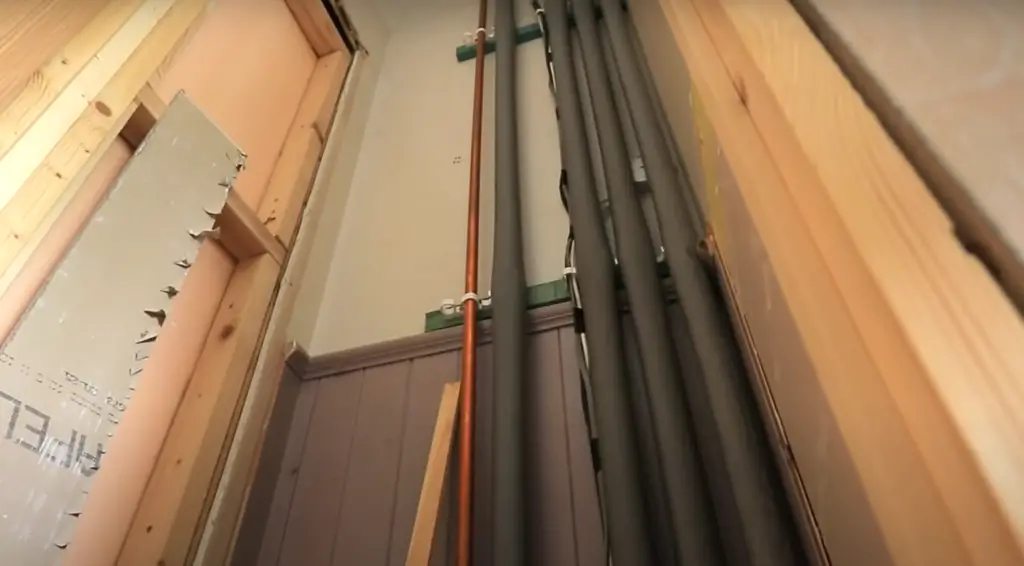
How can I heat water quickly?
One of the quickest ways to heat water is by using a boiling pot. This method uses direct heat from an open flame or an electric burner to bring a pot of cold water to a boil within minutes. Boiling water in this manner takes less energy than other methods and can be done quickly with minimal effort.
Another option for quickly heating up water is using an immersion heater, which is a small device that can be submerged into any container of liquid. These devices use electricity to create instant heat, allowing you to have hot water on demand without having to wait for it to boil. When used correctly, immersion heaters are safe and efficient for almost any type of application. Finally, if you want hot water on demand without waiting, you can install a point-of-use (POU) system, which will provide instant hot water at any faucet in your home.
Why does it take 5 minutes to get hot water?
In most cases, it takes 5 minutes to get hot water because of the length of time it takes for your water heater to heat up the cold water in its tank. Depending on the size of your water heater and how many other appliances are drawing from it, this amount of time can vary.
For instance, if you have a large capacity tank or many demands being put on it at once, then it may take even longer than 5 minutes for your hot water to be ready. To reduce wait times, you could upgrade to a larger capacity tank or install a point-of-use (POU) system that heats the cold water as soon as it reaches the tap.
Additionally, you might want to consider changing out any mineral deposits that may be clogging your pipes or installing a hot water circulating pump to ensure consistent delivery of hot water. These measures can help ensure that you get hot water quickly and efficiently.
How do I speed up my kitchen faucet?
There are a few ways to speed up your kitchen faucet. The first is to check for any obstructions in the pipes, such as mineral deposits or debris blocking the flow of water. If this doesn’t help, you can try replacing any worn-out parts or installing low-flow aerators on your taps. Additionally, you could upgrade to a higher-capacity tankless water heater or install a hot water circulating pump. These measures can help ensure that you get hot water quickly and efficiently. Finally, if none of these solutions work, it might be time to call a professional plumber to assess the situation and make any necessary repairs.
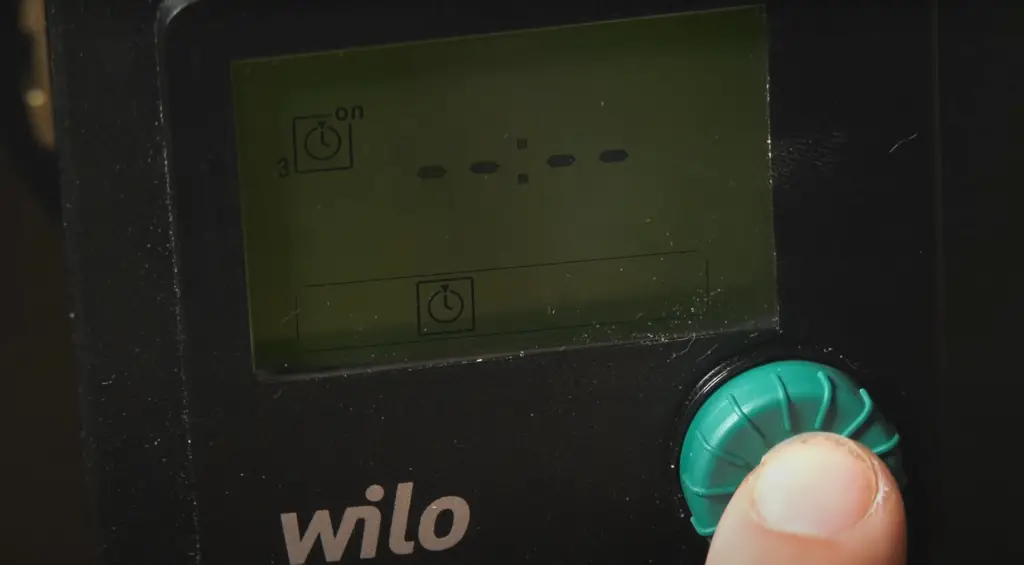
Why would I have hot water in the bathroom but not in the kitchen?
If you have hot water in the bathroom but not in the kitchen, it could be due to a variety of reasons. The most common cause is a blocked drain or pipe, which can cause an obstruction and prevent the flow of hot water from reaching the kitchen. Additionally, if your water heater is undersized for your needs, then it may not be able to provide enough hot water for multiple faucets at once.
What causes hot water in the sink but no hot water in the tub?
Hot water in the sink but no hot water in the tub can be caused by several different factors. The most common cause is a clogged or blocked pipe, which prevents the flow of hot water from reaching the tub. Additionally, it could be due to an undersized water heater that is unable to provide enough hot water for multiple fixtures at once. Finally, if you recently replaced your faucet or shower head, then it could be that the new fixture has a lower-flow rate than what your tankless water heater is capable of supplying. To diagnose and fix this issue, it’s best to call a professional plumber to assess the situation and make any necessary repairs.
What can I do to reduce the time it takes to get hot water at my kitchen sink?
To get hot water faster at your kitchen sink, you can:
– Insulate hot water pipes to retain heat.
– Install a point-of-use water heater under the sink.
– Use a recirculation system to keep hot water constantly available.
– Run the tap intermittently to draw hot water closer to the sink.
– Maintain the water heater at the right temperature to ensure immediate hot water.
Is insulating the hot water pipes a practical way to speed up hot water delivery at the kitchen sink?
Yes, insulating the hot water pipes is a practical way to speed up hot water delivery. Pipe insulation helps to retain heat, reducing the time it takes for hot water to reach your faucet. It’s an effective and cost-efficient method.
What is a point-of-use water heater, and how can it provide instant hot water at the kitchen sink?
A point-of-use water heater is a compact unit installed near the kitchen sink that heats water on demand. It ensures you have instant hot water at the sink without the need to wait for hot water to travel from a distant water heater.
How does a hot water recirculation system work, and can it help get hot water faster at the kitchen sink?
A hot water recirculation system circulates hot water from the water heater to the kitchen sink, providing near-instant hot water. It involves a pump and a return line, which continuously moves hot water, eliminating the need to wait for hot water to travel through the pipes.
What is the ideal temperature setting for a water heater to ensure fast hot water delivery at the kitchen sink?
The ideal temperature setting for a water heater is typically around 120 degrees Fahrenheit (49 degrees Celsius). This temperature ensures that hot water is readily available at the sink while also reducing the risk of scalding. Make sure to adjust your water heater’s thermostat to this setting for faster hot water.
Useful Video: How to Get Hot Water Faster Upstairs, in Shower, and at Kitchen Sink
Conclusion
Hot water is an important feature of every kitchen, as it allows for quick and easy cleaning of dishes, pots, pans, and other kitchen equipment. It also allows for quicker cooking times with hot water boiling faster than cold water. However, hot water can disappear quickly, without proper insulation or efficient hot water systems. Proper insulation of hot water tanks and piping can allow for longer-lasting hot water and optimization of energy use, leading to financial savings.
Additionally, efficient hot water systems such as tankless water heaters can help conserve both energy and money by heating the exact amount of hot water needed – no more, no less. By taking these steps to ensure that your home’s hot water system is up to date, you will be able to take advantage of all the benefits that come with having a reliable source of hot water in your kitchen.
References:
- https://homeclimates.com/blog/get-hot-water-faster
- https://www.billygo.com/blog/four-ways-to-get-instant-hot-water-at-the-faucet/
- https://www.raincitymaids.com/simple-guide-easily-clean-maintain-kitchen-sink/





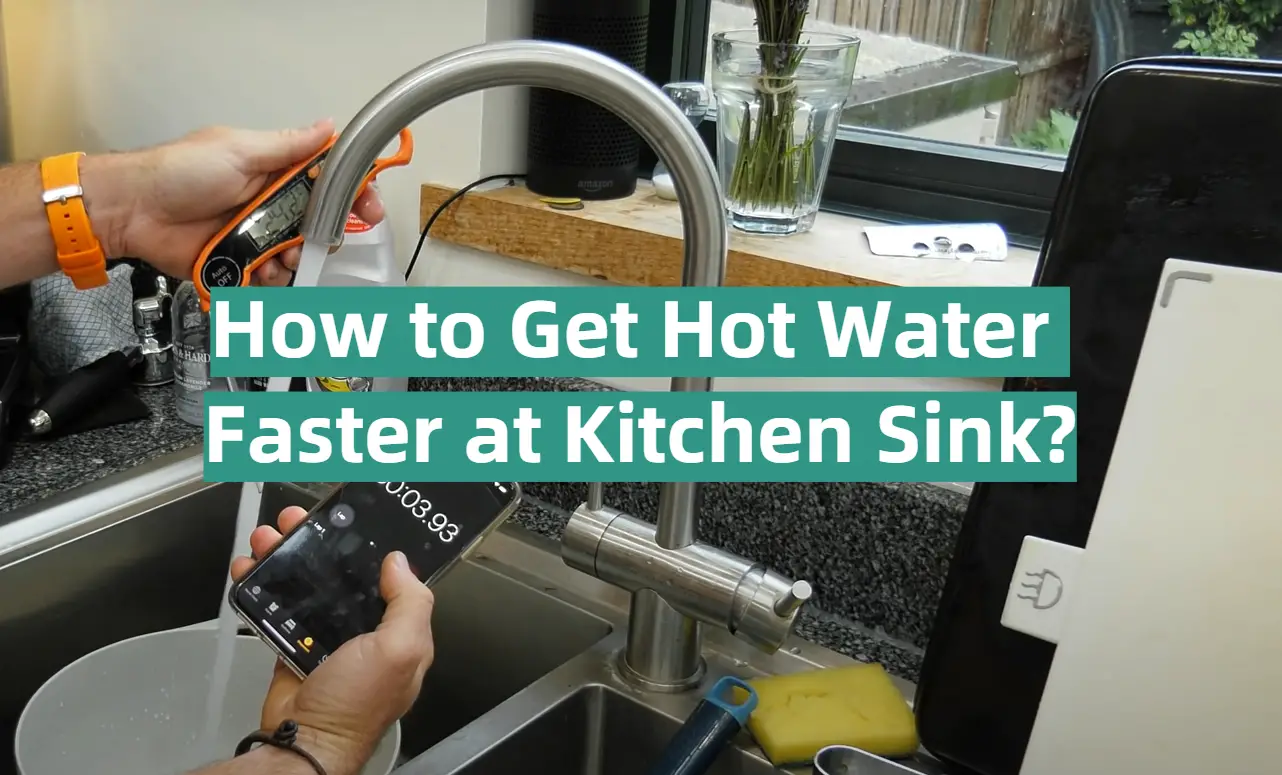





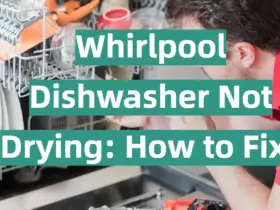
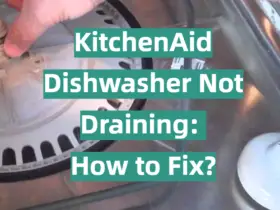
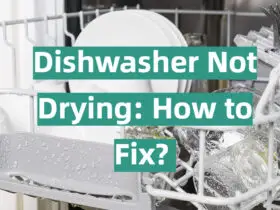
Leave a Reply